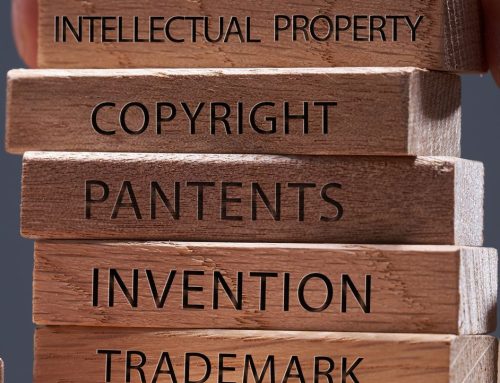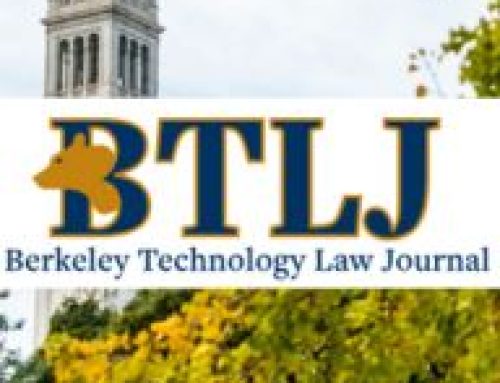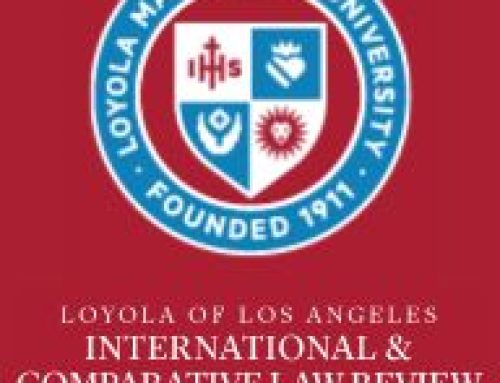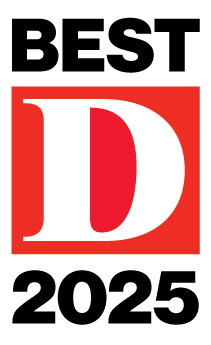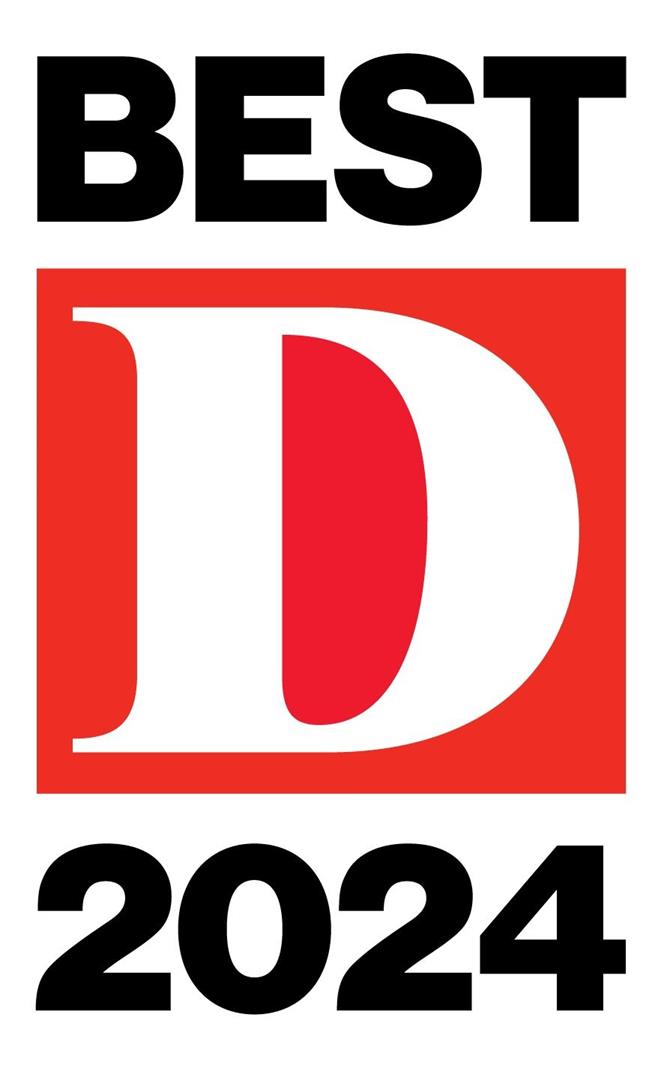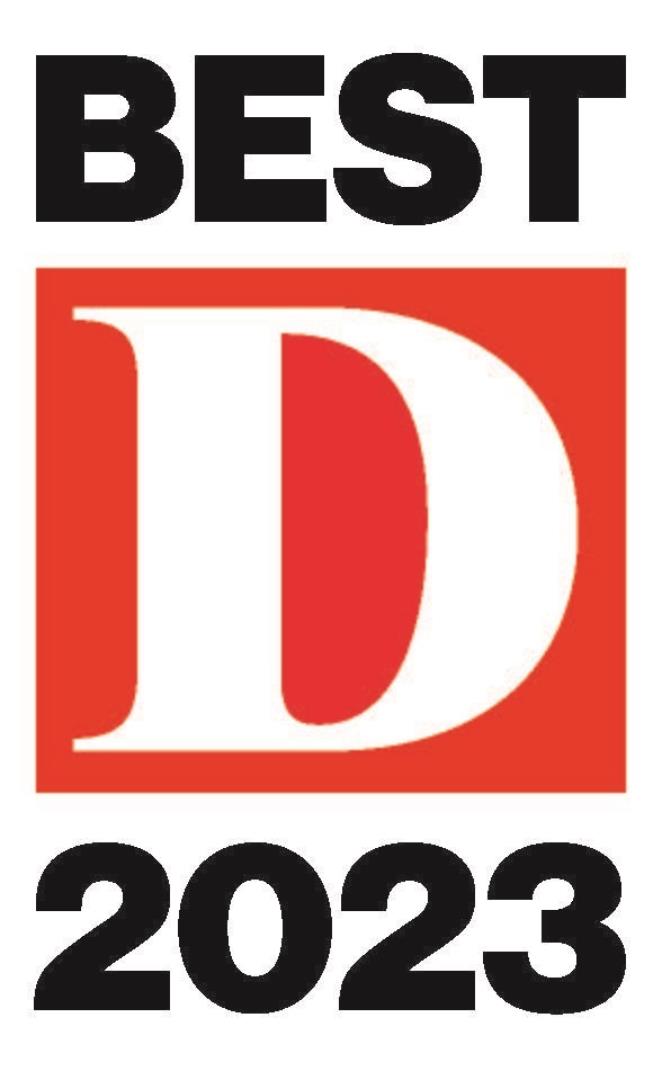The Conundrum of Software Patentability
What do you tell a client who comes to you and wants to patent a new software platform or app functionality? The response would likely contain elements of what follows.
The water is muddier than ever when it comes to software patentability. There are those who, for many years up to the present believe that software should not be patentable at all. There are others (as evidenced by the tremendous number of software patent applications filed over the past 20 years or so) who believe that software is eminently patentable. There are also those in between who believe that software is patentable, but not perhaps to the prolific extent software patents have issued over the past 20 years or so (up until the past few years). We could get into the whole “patent troll” issue, but that is a subject for another day. We could also get into concepts of defensive patenting, but that is also a subject for another day.
The 800-pound gorilla in the room in terms of software patentability is the Supreme Court’s 2014 decision in Alice Corp. v. CLS Bank. The opinion did not say that software was per se unpatentable. Rather, the decision has been applied in a way that has made most software-based patent applications fall prey to rejections in the Patent Office, or invalidation in litigation (or the Patent Trial and Appeal Board) as “abstract ideas” under Title 35 United States Code Section 101. More or less, unless a software operation fundamentally alters the technical operability of the computer on which it is running, or is so novel and unusual that it is undeniably original and patentable, the present climate for software patentability is, at present, pretty harsh.
Yet, there are still a large number of patent applications being filed for software-based inventions. Why is that?
Initially, I note that the purpose of this post is not to assess strategies for filing patent applications for software-based inventions. Rather, it is to convey thoughts I have had for awhile now.
My general thoughts for some time since the Alice decision (and the rampant patent invalidations taking place in its wake) have been that, in an environment in which the law does not outright reject the notion of patenting software-based inventions, the pendulum had swung quite far to one side (against patentability). In other words, software patents are “going down” with great frequency, and the cases coming down were largely on the invalidity side of the ledger.
This turn of events with Alice and the subsequent decisions seems like an overreach to me, and I have believed for some time that the pendulum would swing back more towards the middle once more fact patterns analyzed, more cases have been decided, more people and companies become outraged about the present difficulties in patenting legitimate software inventions and/or enforcing legitimate software patents, and more people come to their senses to realize that software in many cases is innovative.
Others appear to share this same general belief, and I want to acknowledge Gene Quinn, who, in his November 16, 2015 post on software patent eligibility on his IP Watchdog blog, nailed it in writing, in part:
“Software instructs a machine to operate in a specific way to accomplish a specific task. Implementing workable software is anything but trivial, but that nuance is often lost on those without technical training who seem to think virtually anyone can create software.
I personally believe it is only a matter of time before we have greater clarity on software patent eligibility, and that clarity will result in software being more readily patent eligible. … the law of software patentability has changed over the last 30 years about every two to three years. Given that a patent application filed today will almost certainly not receive a First Office Action on the Merits for two to three years that means the law will evolve at least once, perhaps twice, before new patent applications filed today are examined.”
I concur, and I believe the evolution in the law (or the swing in the pendulum) will be more towards a middle ground approach where software will be more readily patentable than at present, but perhaps not receive the favorable or “loose” treatment at the Patent Office as it did 10-15 years ago. One recent example of the pendulum swinging back towards the middle is Central District of California Judge S. James Otero’s opinion in Timeplay, Inc. v. Audience Entertainment, LLC.
Thus, for clients coming in the door today to discuss patenting software, their applications, if filed, will not be examined until the pendulum potentially swings back to a place where software is more readily patentable, or so the thought process of some goes.
This middle ground area seems to be the most reasonable approach. A patent system that is hostile to what presently represents a very substantial portion of the economy (software and app development) is a problem. Having an environment more hospitable to software patenting is important for protecting innovation, securing capital raises, and allowing new technologies and ventures to develop and flourish. The current environment is likely hindering economic growth.
Take home message: Keep filing patent applications on software inventions, but do so in a prudent and measured manner (i.e., with sufficient detail and definiteness), and wait in hope for the pendulum to swing back towards the middle.

